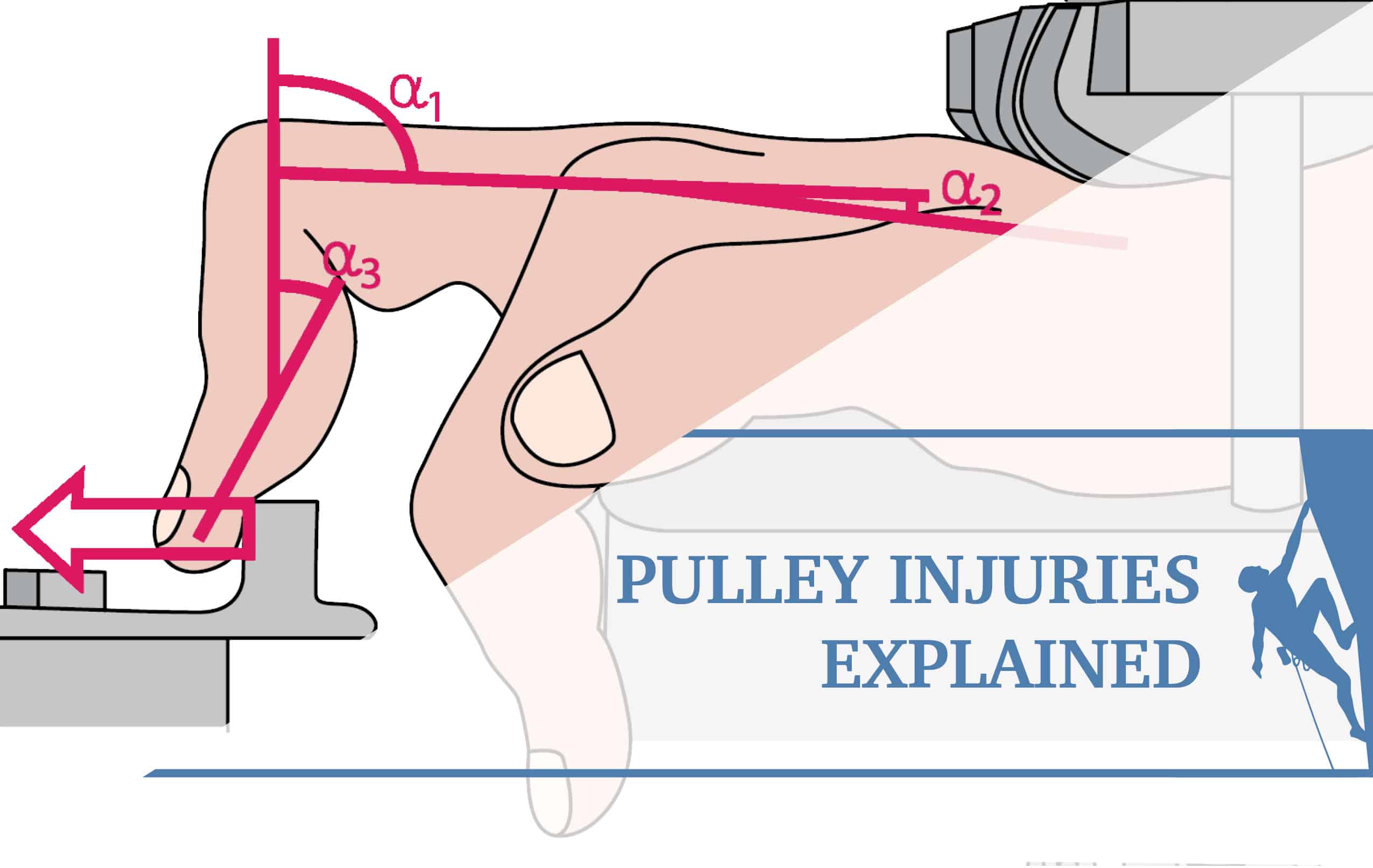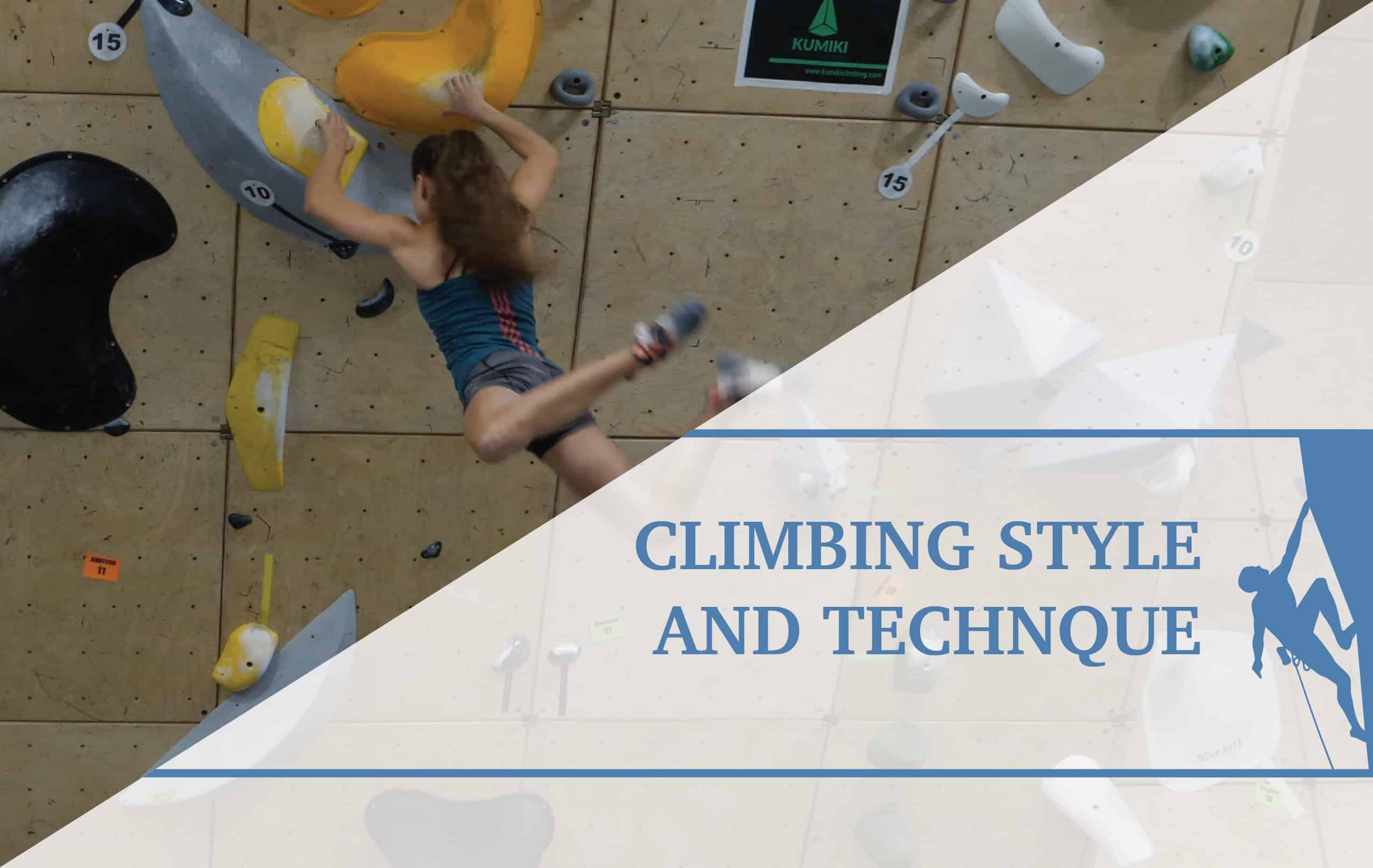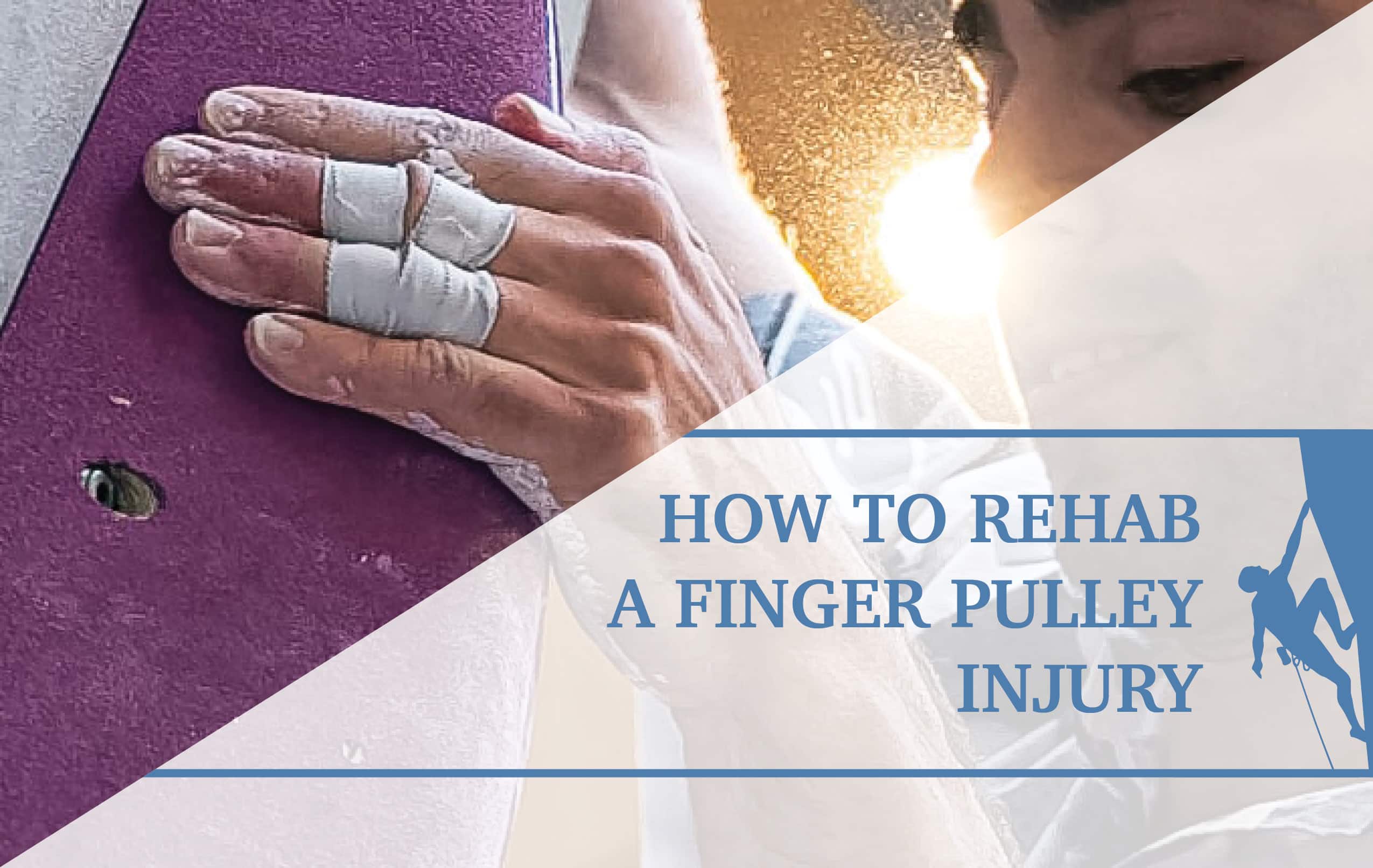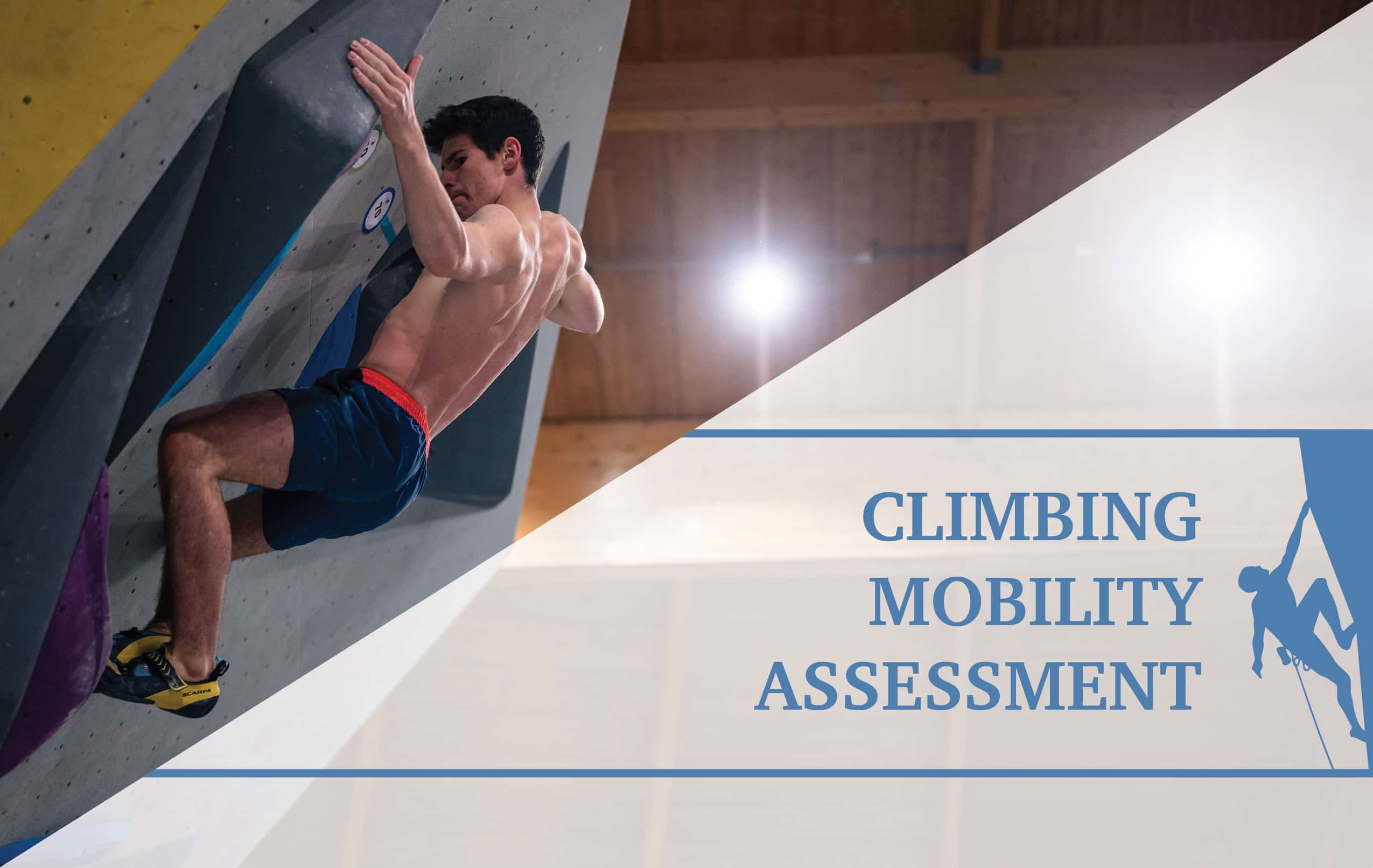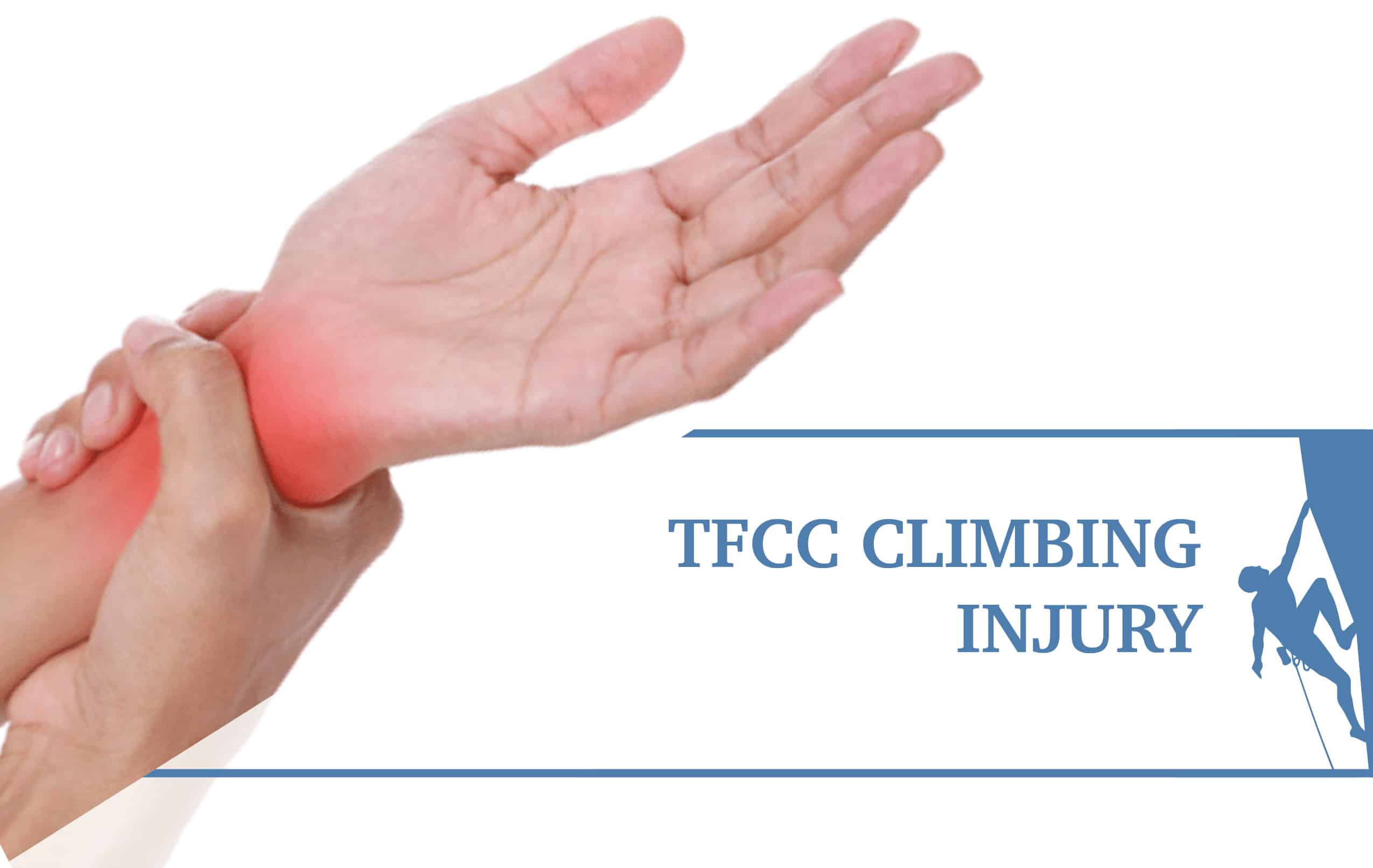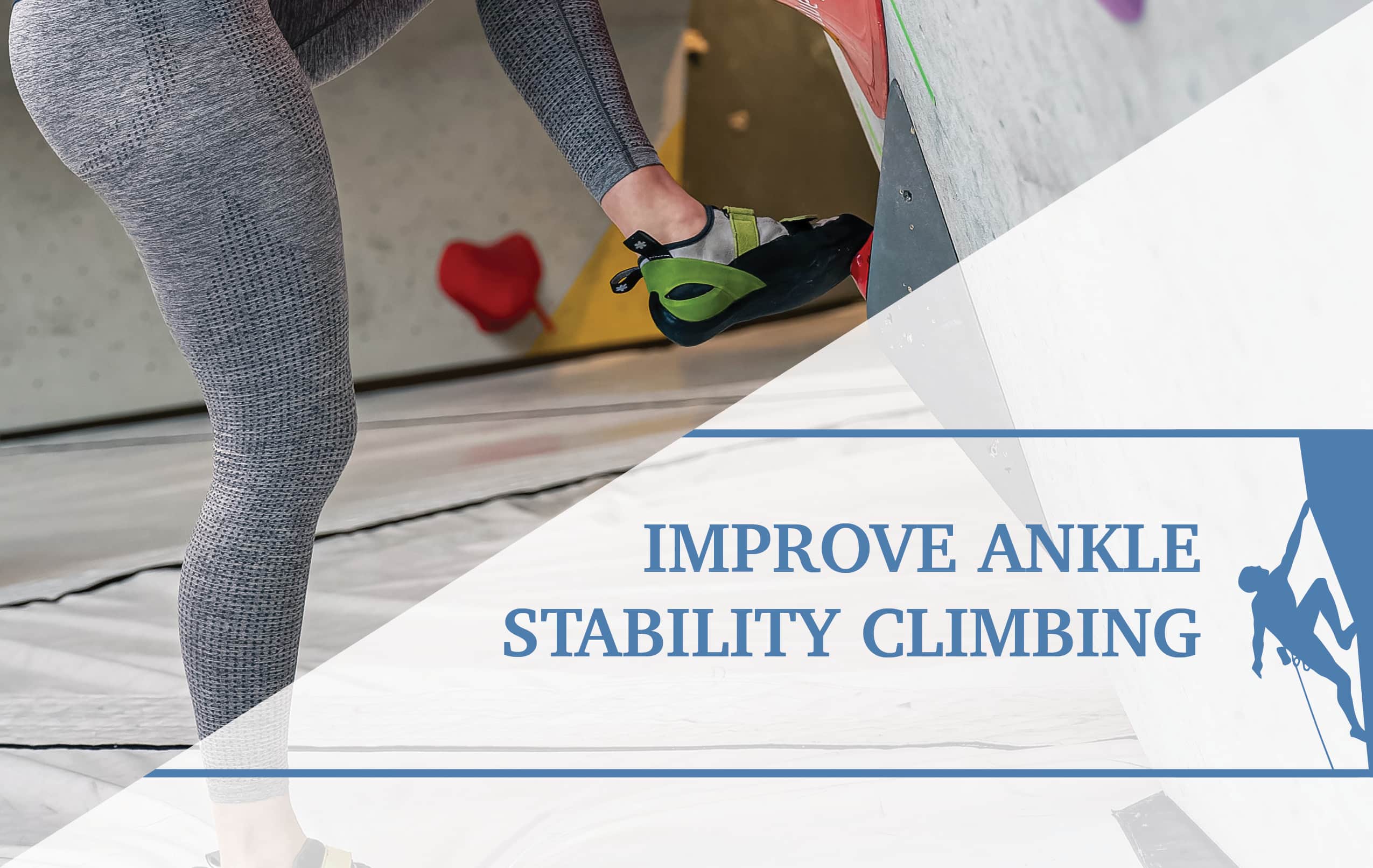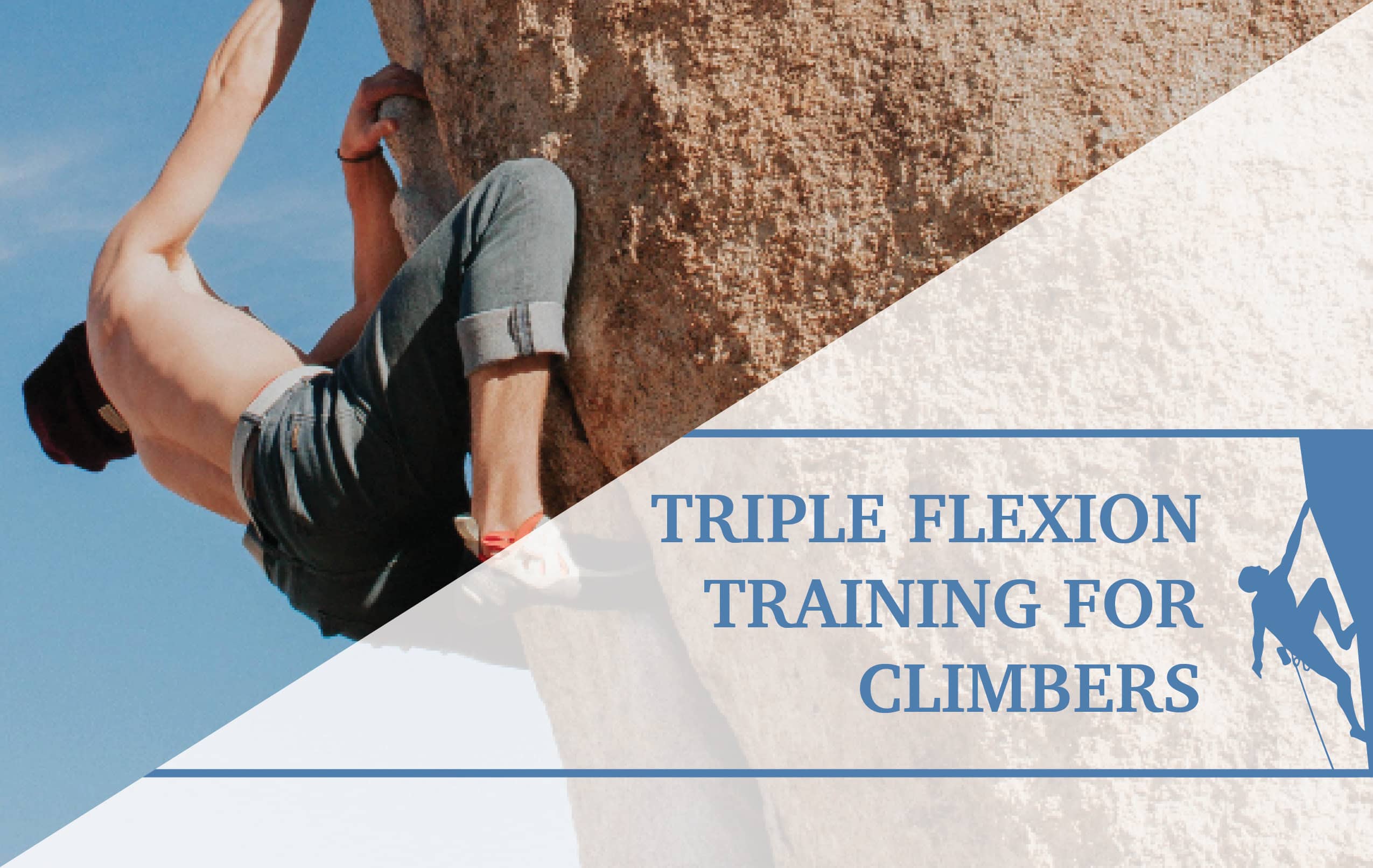Finger pulley injuries are the most common injury with rock climbers. In order to understand pulley sprains, we need to understand the anatomy first. So, let’s discuss the pulleys […]
In this article, we will take a closer look at train climbing route speed, movement cadence, and technique. When analyzing climbing movement, there are five key components to look […]
In this post, we’ll review the rehabilitation guidelines for a pulley sprain. Based on the research by Lutter and colleagues as well as Cooper and colleagues.
First, lets review the […]
When assessing climbing performance, we look at strength, power, endurance, mobility, and control. In this article, we’ll discuss mobility. Look at the two different movements in the photos below, […]
There was a large competition over the weekend and the gym is now open for you and full of new climbs. It’s time to send those competition problems! With a […]
In this article, we will take a look at how to test finger strength with the arm fixated, using tension and compression-based dynamometry. See below for a complete video walking […]
Wrist pain— something that almost every climber experiences at some point in their climbing career. Often times it starts off as just a tweak—a slight pain that we tend to […]
You’re almost to the top of a boulder problem that you have been projecting all week at the gym. You just need to overcome a tricky mantle to top out. […]
Your body is tense as you strain against gravity’s forceful embrace to finally summit the boulder problem you’ve been diligently working on these past three weeks. As you reach for […]
In the current era of training for climbing, finger strength is all the rage. A quick Google search will turn up no less than a dozen hangboarding protocols, with countless Reddit threads discussing each of them ad nauseam.
BlogThe Climbing Doctor2024-03-18T13:06:17-07:00

